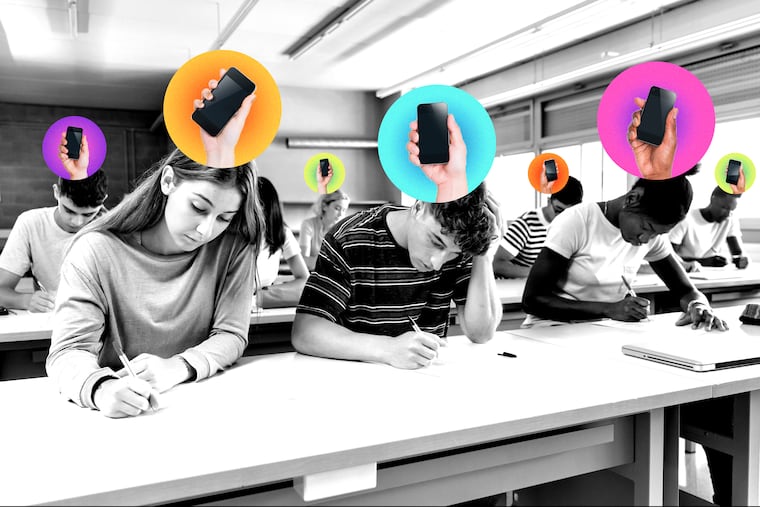Schools should be phone-free zones
The School District of Philadelphia has been debating the merits of phone-free schools. Here’s what it should know.

The School District of Philadelphia has been debating the merits of phone-free schools. Here’s what it should know.
